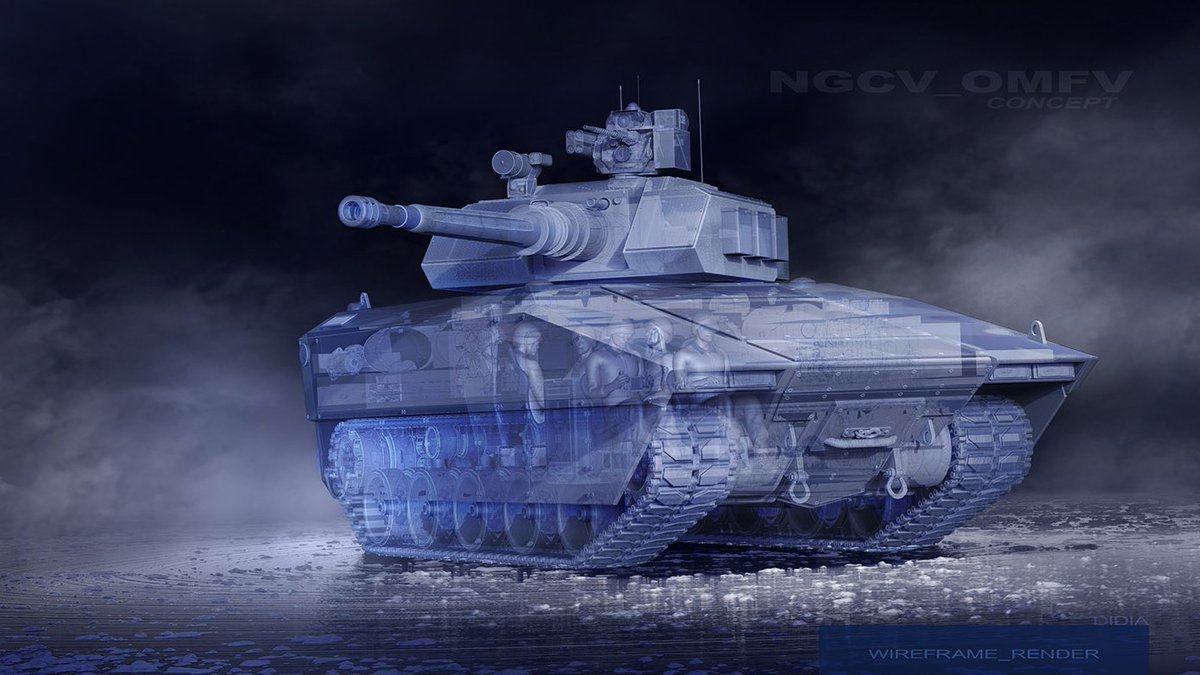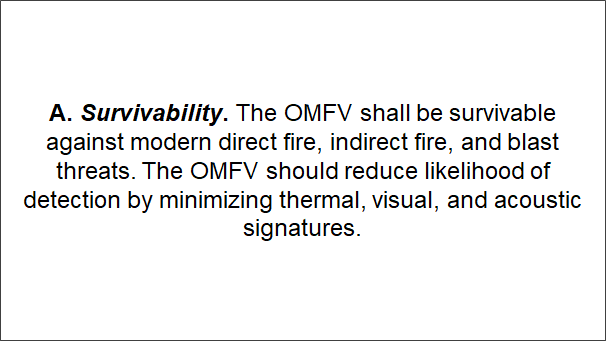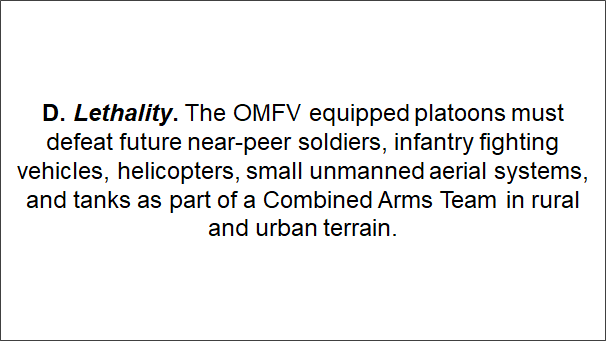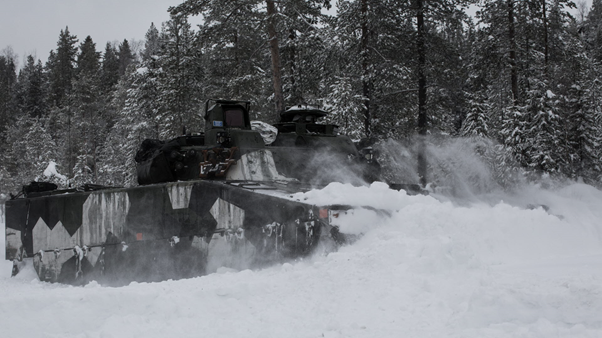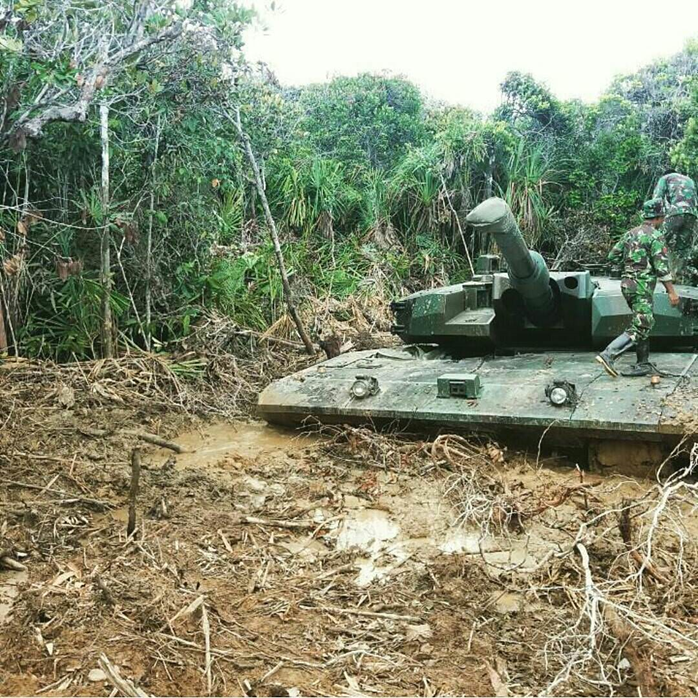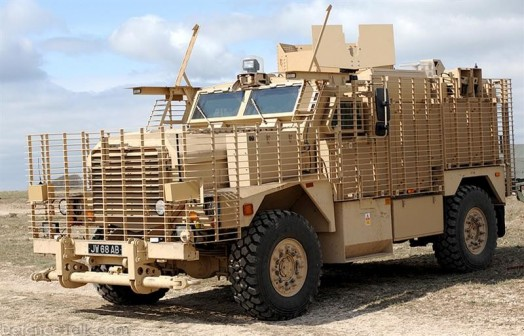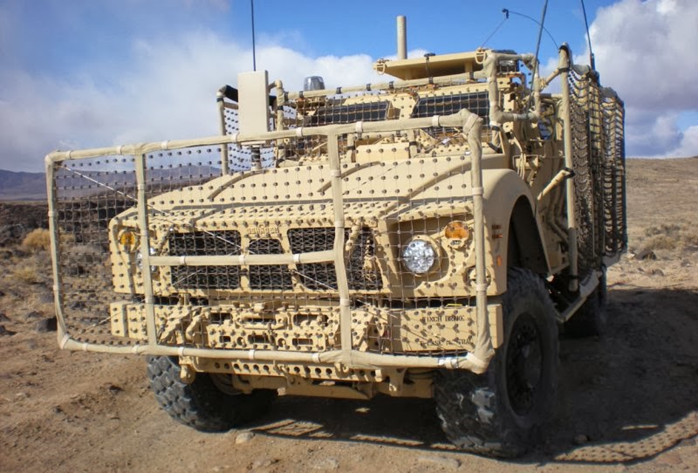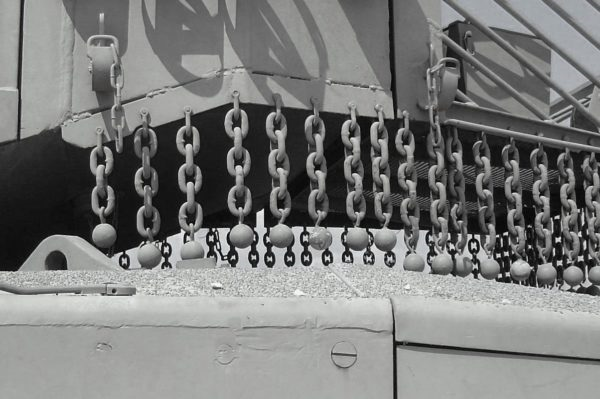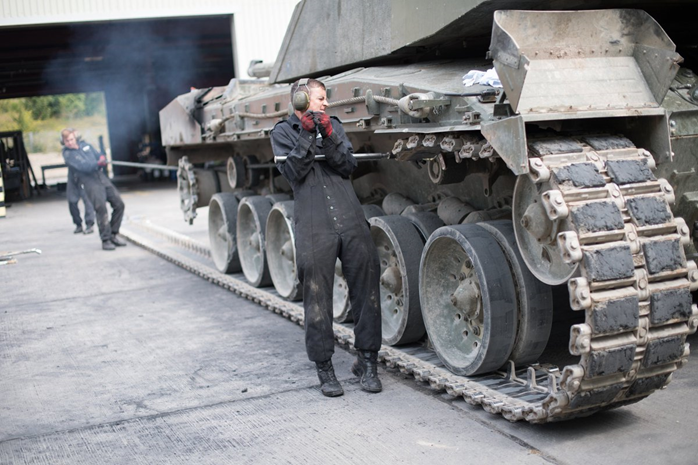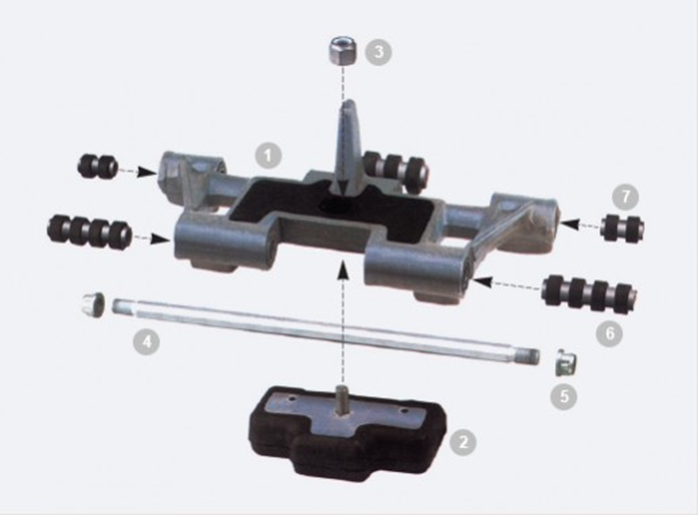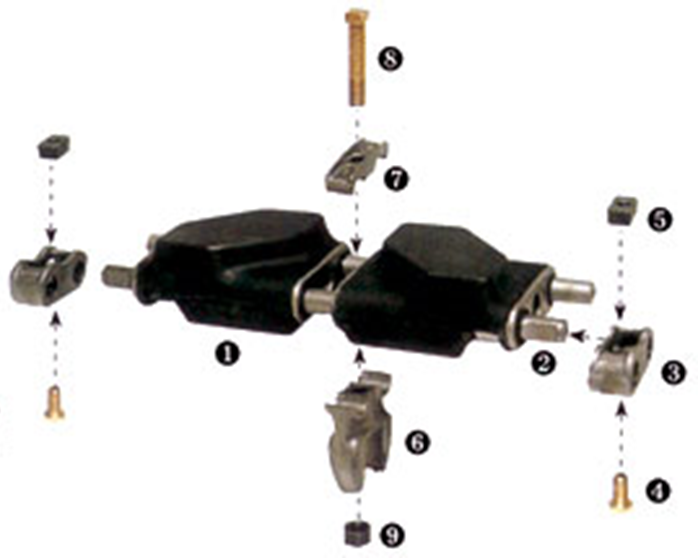
Spent a bit more time getting our @JanesINTEL piece on the Dutch CV9035NL MLU pulled together last week (bit.ly/2M7qQs1), and I think its worth a thread to highlight just how bloomin' fantastic both the specific vehicle and the programme are. #tanktwitter #miltwitter 
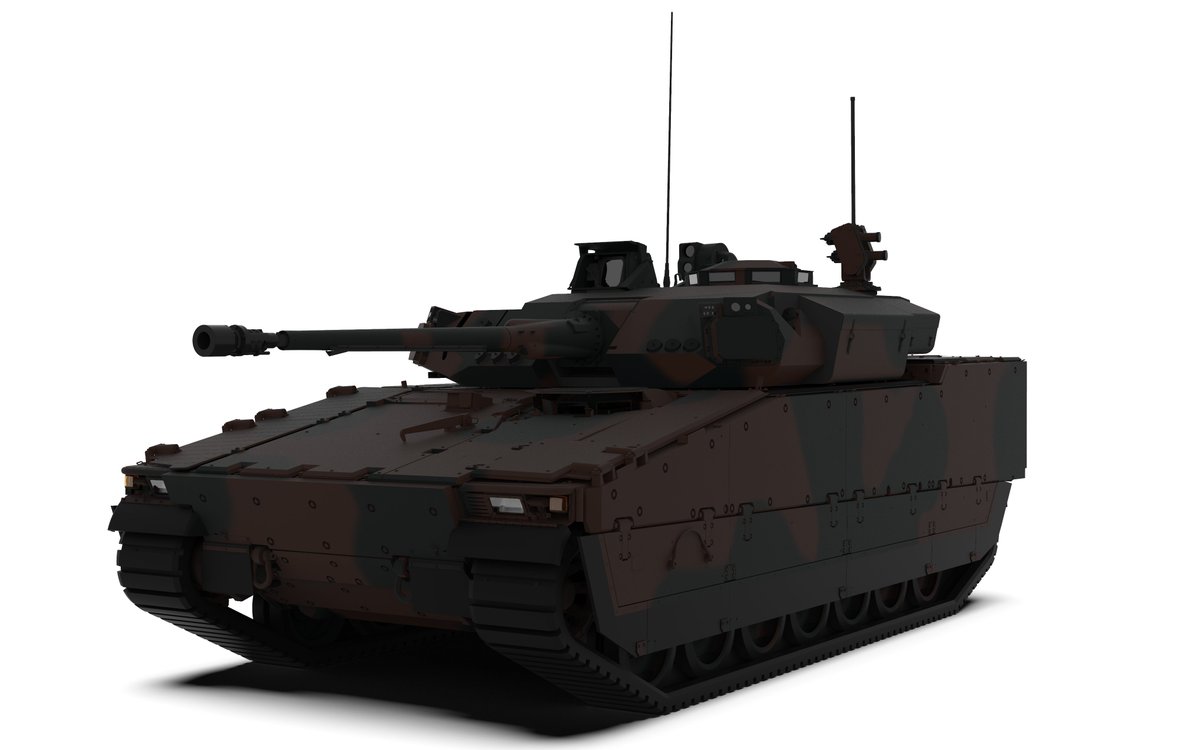
As widely reported, 122 CV9035NL (+ 6 driver training vehs) being upgraded for c. USD582m. Upgrade is a comprehensive MLU installing digital backbone (essentially upgrading to CV90 Mk IV standard) and a full turret swap. (Sound familiar? More on the WCSP comparison at the end) 
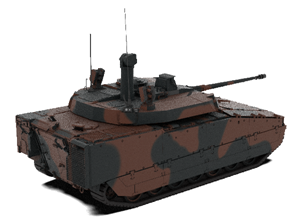
Headline features. Gun unchanged, still the Bushmaster III 35 mm, which is sensible as that remain a very capable gun and could be upgraded to 50 mm supershot downstream. It has been repositioned in the turret for better balance and ergonomics, and ammo feeds and storage improved 


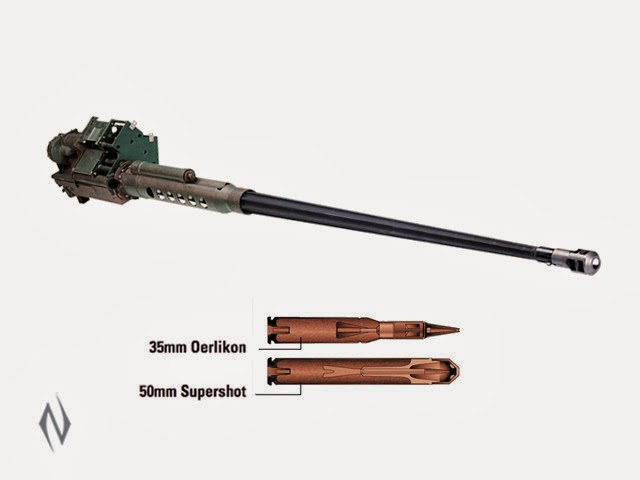
Iron Fist Light Decoupled (IFLD) active protection. First European user to install hard kill APS, and first medium weight IFV/AFV outside Russia to field it. They initially wanted the lighter IFLC but upgraded to IFLD - good choice 
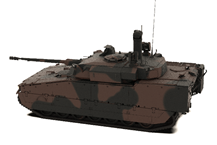
Twin Spike-LR launcher in a retracting pod on the right side of the turret, much like the CV90 Mk IV that did the rounds of the trade shows a few years back, pictured here. Long range under armour ATGM an essential modern capability 
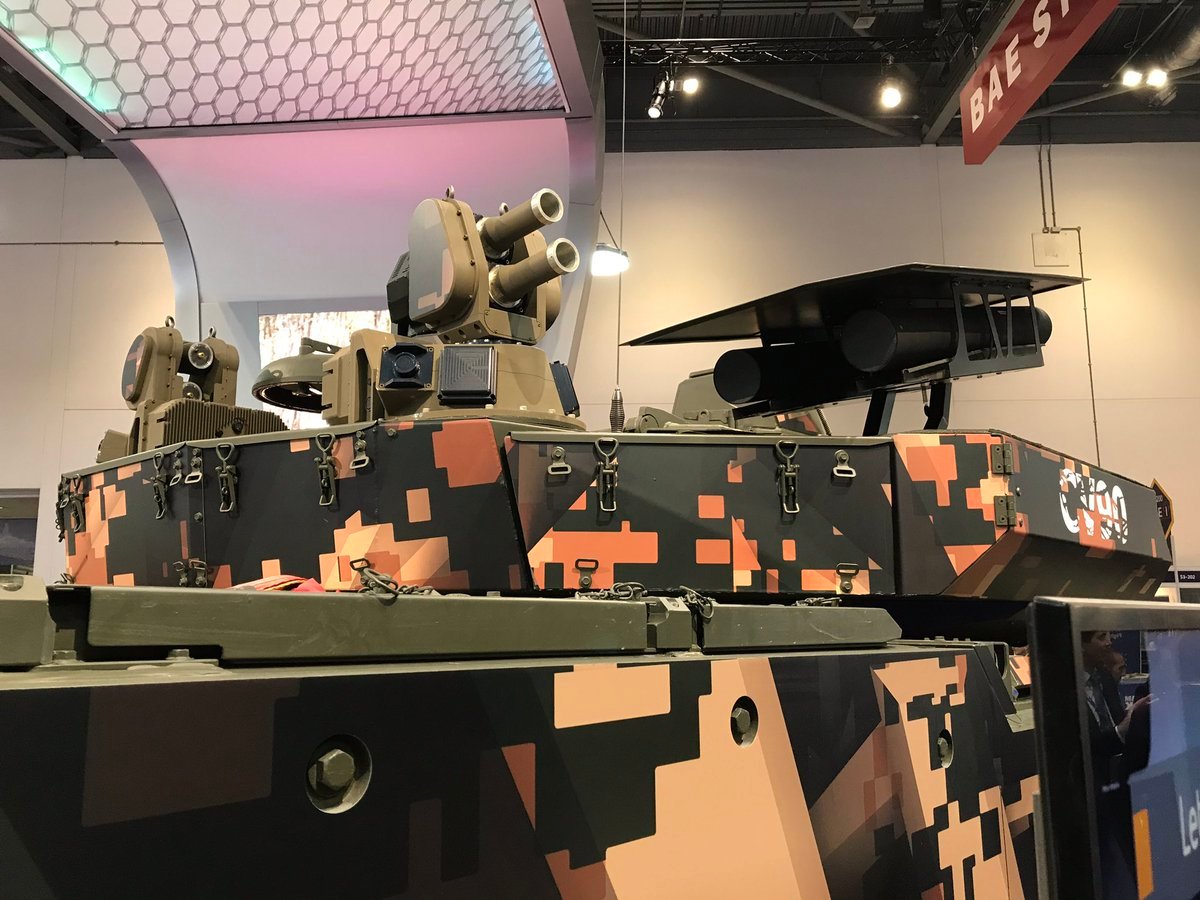
New commander's sight is the Elbit COAPS independent 360 degree panoramic sight. An element that i think most commentators missed is its on a 500 mm extending mast, allowing concealed observation and to readily clear other turret top obstacles (APS et al) as required 
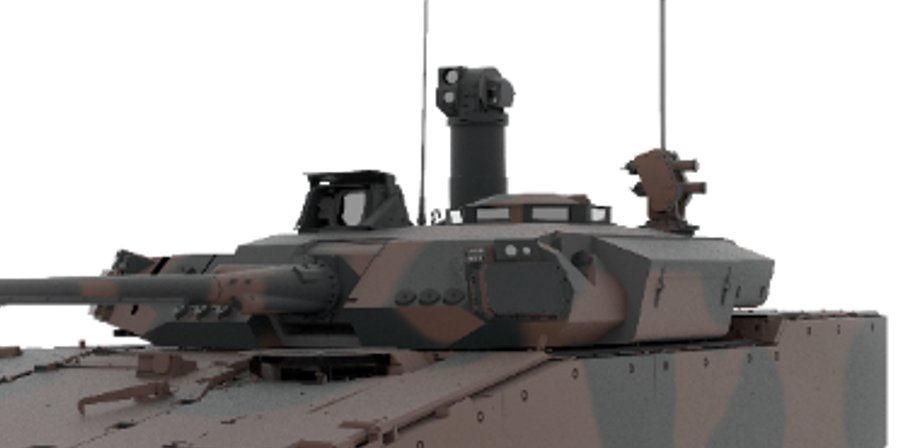
A precursor programme is installing @DefenseSoucy composite rubber track which brings a mountain of benefits (as always, see my thread why thats a big deal: bit.ly/3k3pXNv) but noteworthy is the weight saving from CRT renders the MLU weight neutral 
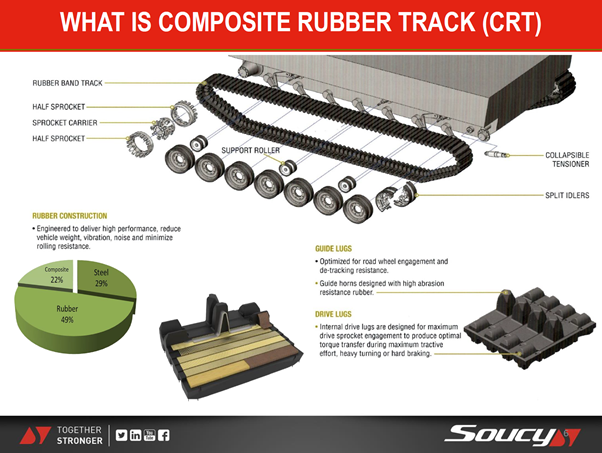
So CV90s remarkable high mobility endures, actually enhanced via the CRT, and there is no requirement for expensive new powerpacks or suspension overhauls. Smart sequencing of capability programmes and a fairly affordable mod in the CRT making big cost savings in the MLU. Smart. 
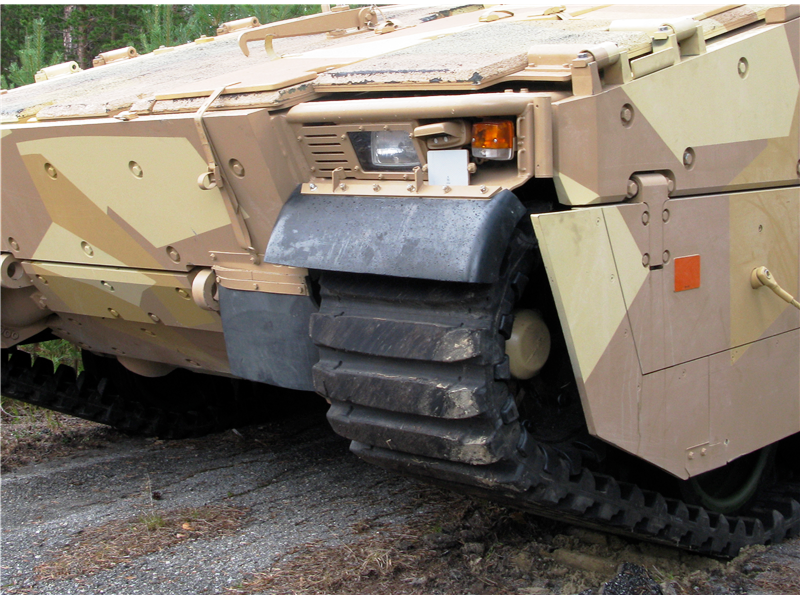
Timelines are really impressive. MLU project born in 2018 and integrated the Iron Fist programme that had started in 2015. Contract award in 2021, first deliveries in 2024 and completion in 2027
9 years start to finish to signficiantly upgrade 122 vehicles, including production
9 years start to finish to signficiantly upgrade 122 vehicles, including production
Thats a serious achievement. Looking at global IFV development and upgrade data you can see 6-15 years being typical to develop an upgrade of a mature platform. To do it AND build 122 of them in 9 years is very impressive indeed
Price also extremely competitive. Unscientific value divided by units shows a price of around USD4m each. Thats outstanding, given our formal methodology will strip out non production elements and and bunch of other factors before a true lower production unit price is determined 

How have they done all this? Twofold - (1) this is CV90, which has a User Club of 7 countries, 1,300 vehicles fielded. Like most AFV user groups they share collaborative R&D and having a large invested user community means BAE can speculatively develop solutions with lowered risk 
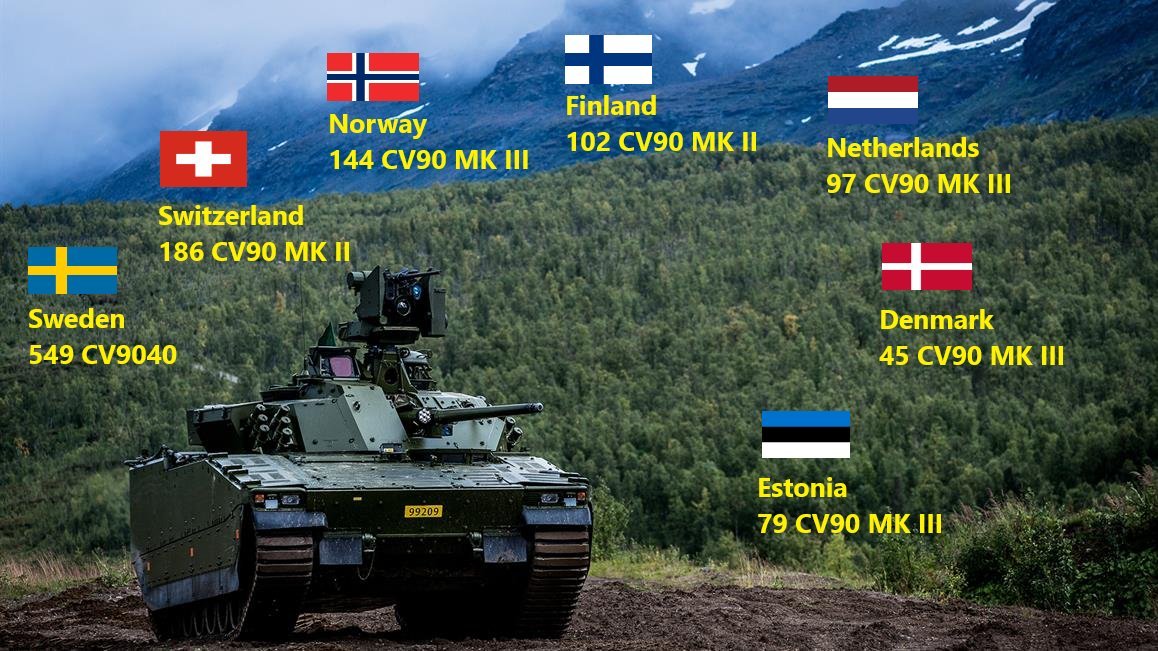
Like other popular AFV like Leopard 2 & Piranha, buying into family of kit that is widely fielded brings big advantages like this downstream. Bidders try to convey this but users often cant readily quantify it or disregard as it doesnt fall into the frameworks for bid assessment 

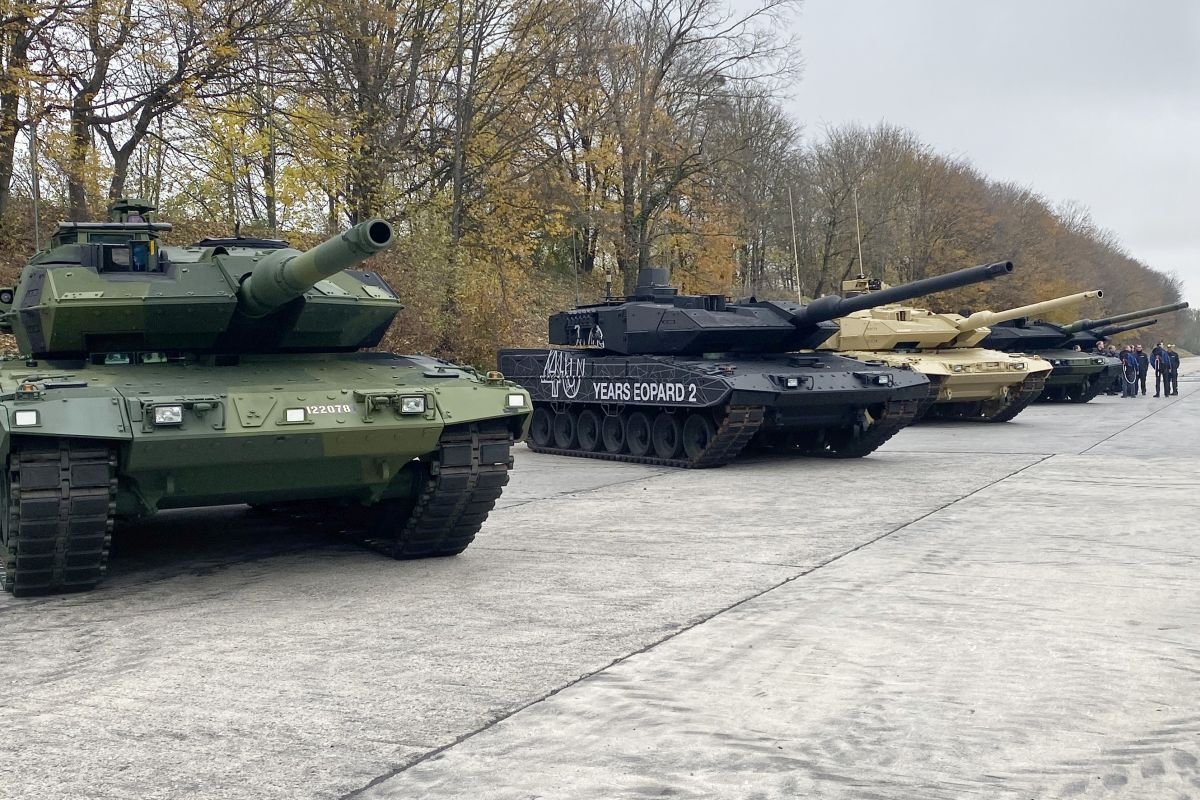
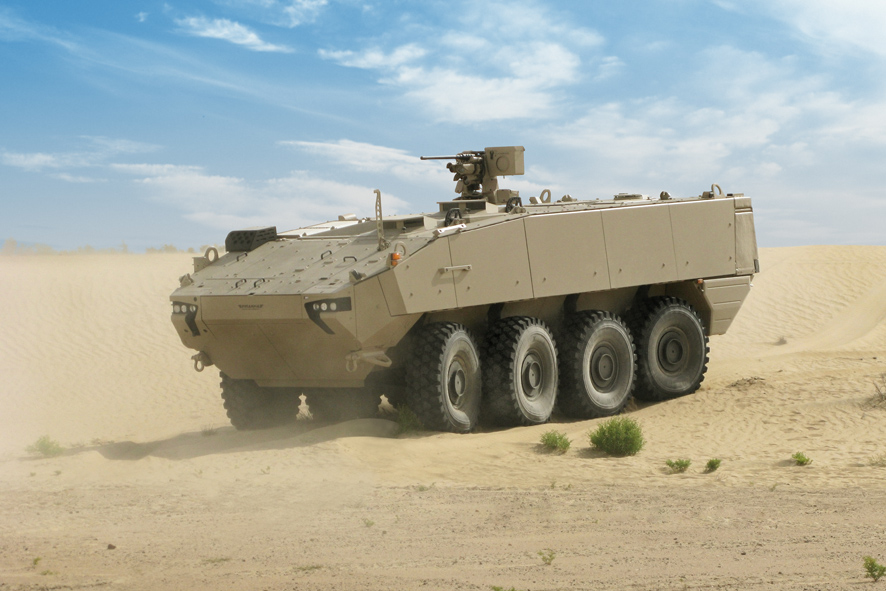
(2) Everything here is COTS/MOTS. COAPS is a plug & play sight unit. Spike-LR is very mature. Turret's underlying architecture is D-series modular turret that BAE has been spiral developing for decades. Architecture is based off of the CV90 Mk IIIb and IV. 



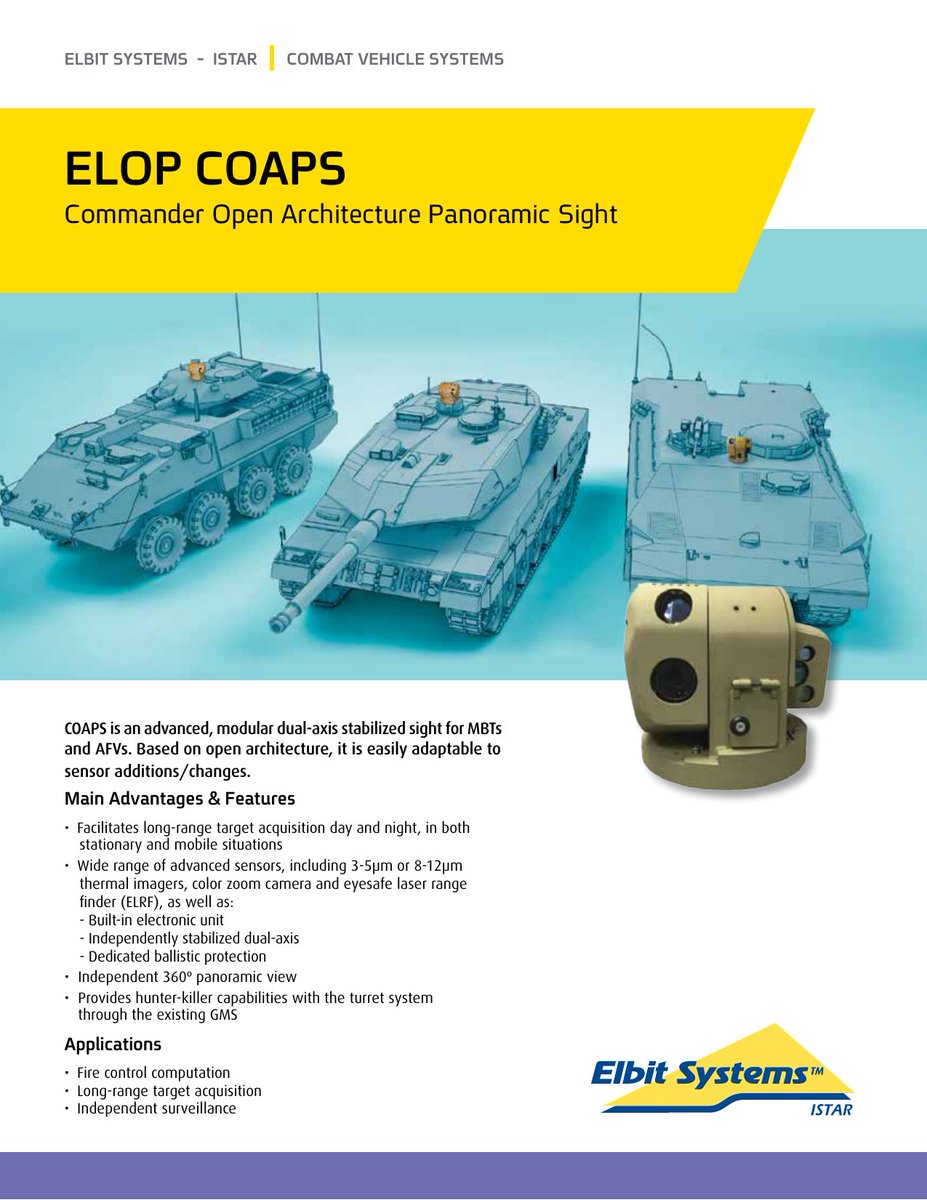
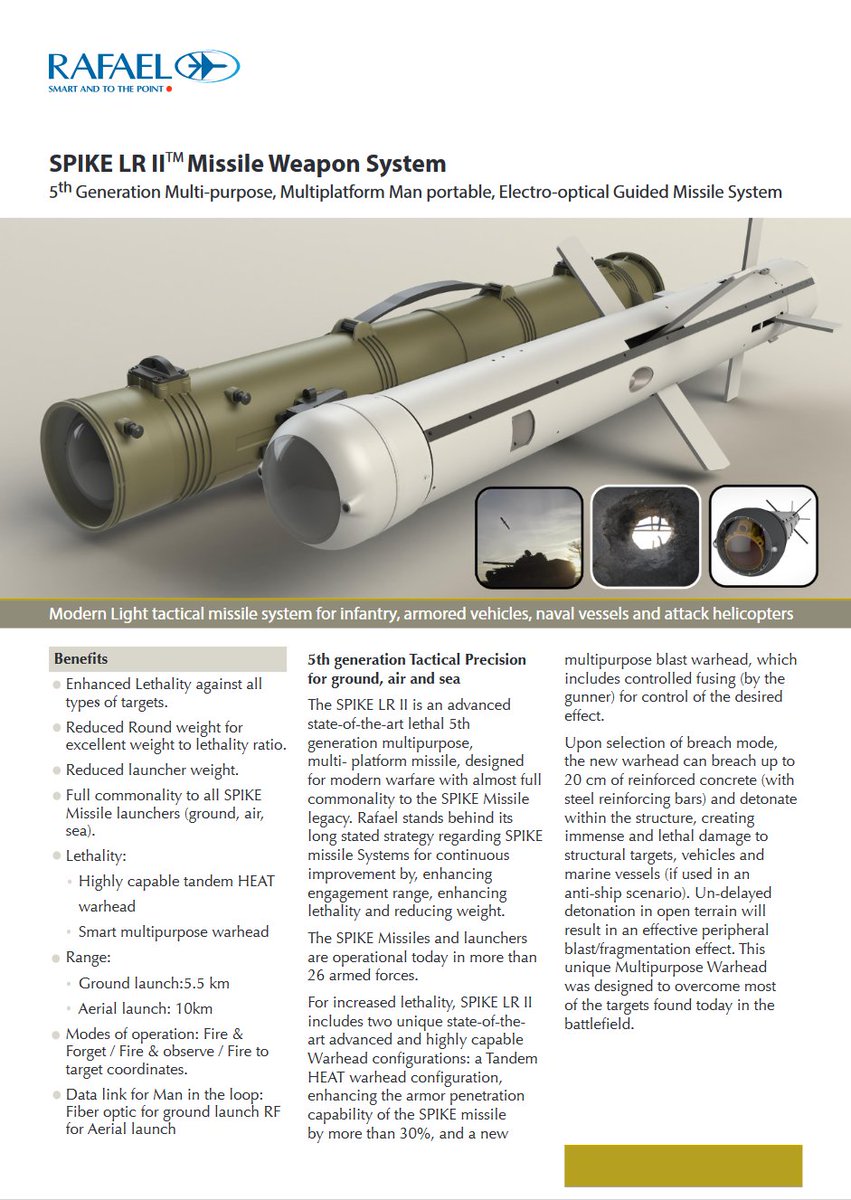
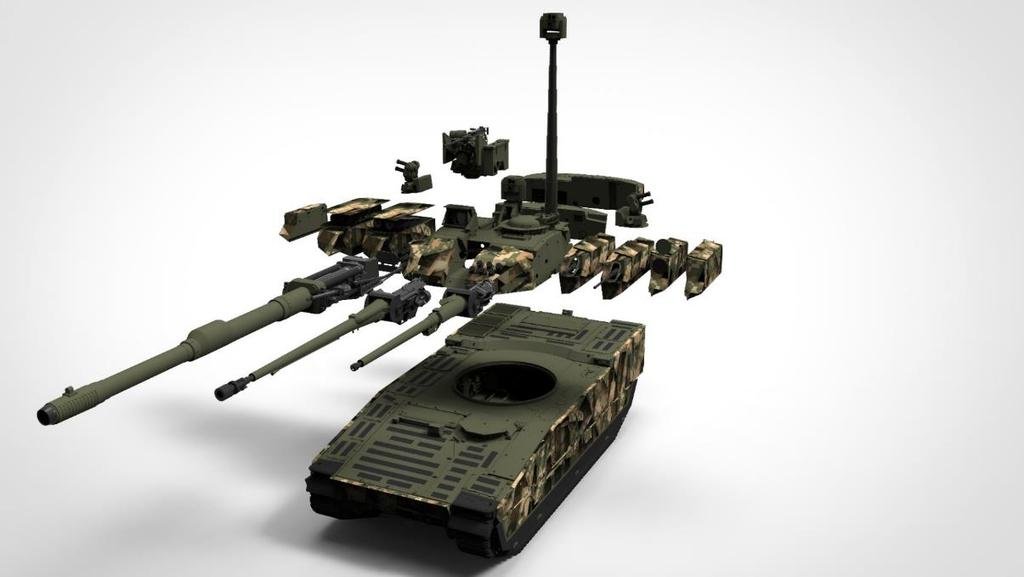
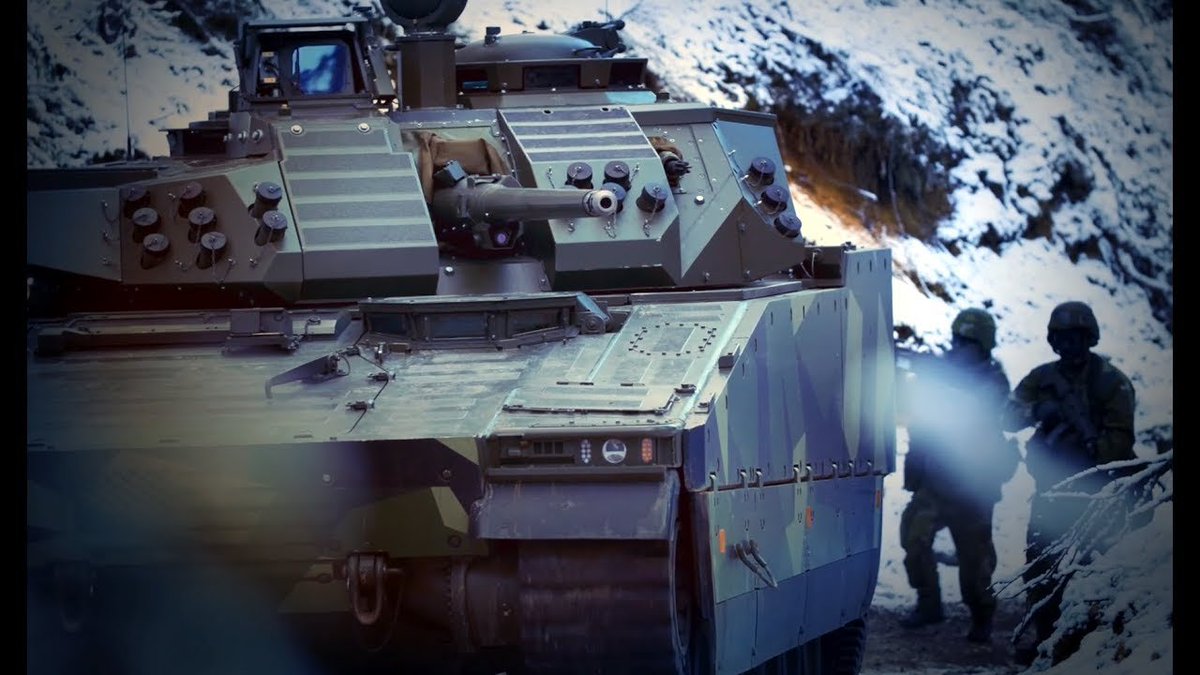
They've kept it realistic, mature, simple, affordable, low risk. And, shockingly, it works as an approach. Despite every element being an established product, the overall package is undoubtedly a cutting edge capability, and most importantly they get it now, relatively speaking 
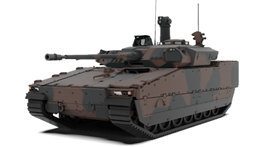
Everything is also very well integrated, not slapped on, clean low profile and just looking the business. Compare with the nightmare of contemporary Bradley after decades of ECP additions all over the place 
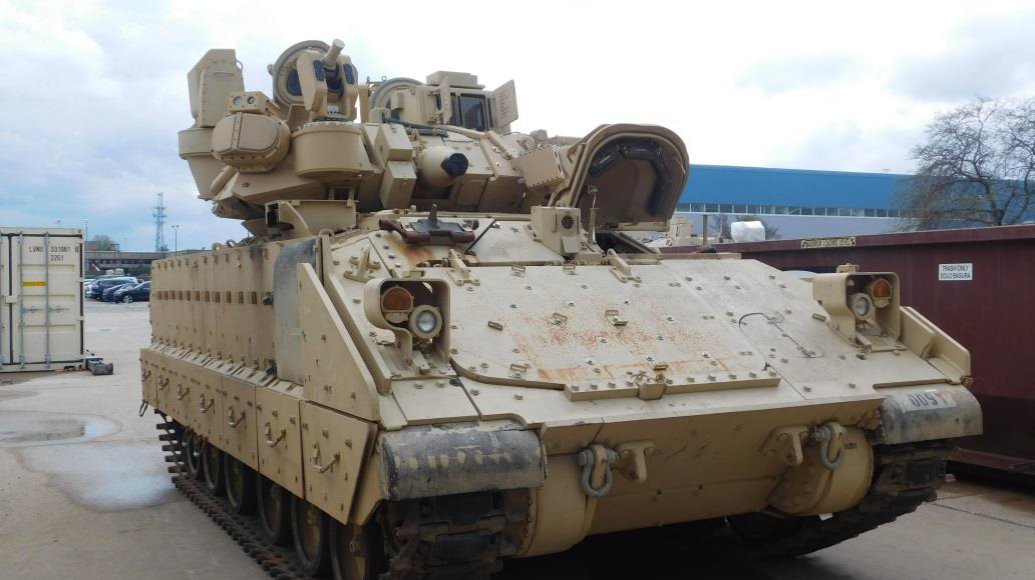
I mentioned up front the obvious comparator of WCSP and i think worth focus here. Both are IFV being digitised and given all-new turrets. Both have similar requirements from their users, and are of the same generation of AFV
Lets take a quick, rough maths, look at it

Lets take a quick, rough maths, look at it
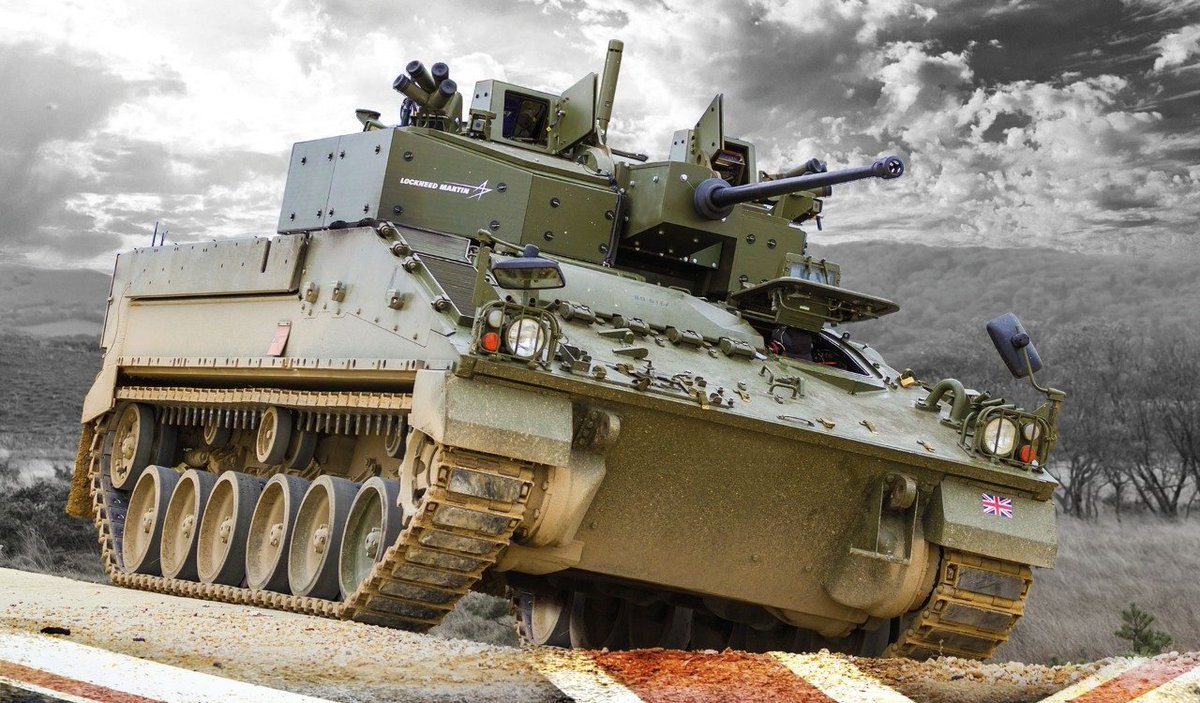
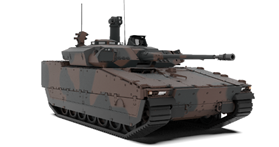
Time: CV90 is 9 yrs end to end, as described. WCSP started in c. 2007, earlier if you count WFLIP etc that rolled into it. Its 2021 and contract award *might* happen this yr. Production start around 2024/2025 maybe, and run well into 2030. So if we're optimistic, its 20-30 yrs
Capability: WCSP a faily unambitious turret barring admittedly tasty CT40 gun. It doesnt have a panoramic commanders sight for instance. Contrast with CV90; panoramic extending mast sight, APS, integrated ATGM. CV90 has better mobility and survivability is parity in baseline form
Price: this is a complex one to do properly as mentioned earlier. WCSP is cited internally as ~USD4.25m which is broadly the same. DIfference is UK has a few 'free' GFE bits (including gun!) and none of the big ticket CV90 costs like APS/ATGM, so value wise, its more expensive
Now there is a problem with the comparison - we're comparing an upgrade from the mid 2000s with a upgrade from the 2020s. This MLU leverages tech that simply didnt exist in the same way back then 
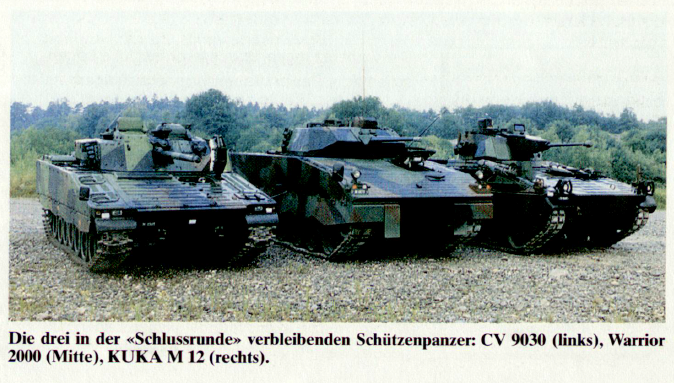
But at the end of the day, they are both seeking to field and compete, commercially and militarily, in the same timeframe and capability space, so the comparison isnt unduly made
But perhaps it is nonetheless unfair to compare WCSP with this MLU, or rather, just this MLU
But perhaps it is nonetheless unfair to compare WCSP with this MLU, or rather, just this MLU
Because Dutch only got CV90 in 2007. So in same time that UK might pull off a relatively basic upgrade, Dutch will have contracted, manufactured, delivered and operated CV9035NL, then developed, contracted and delivered an MLU for it on top.
Food for thought.
Food for thought.
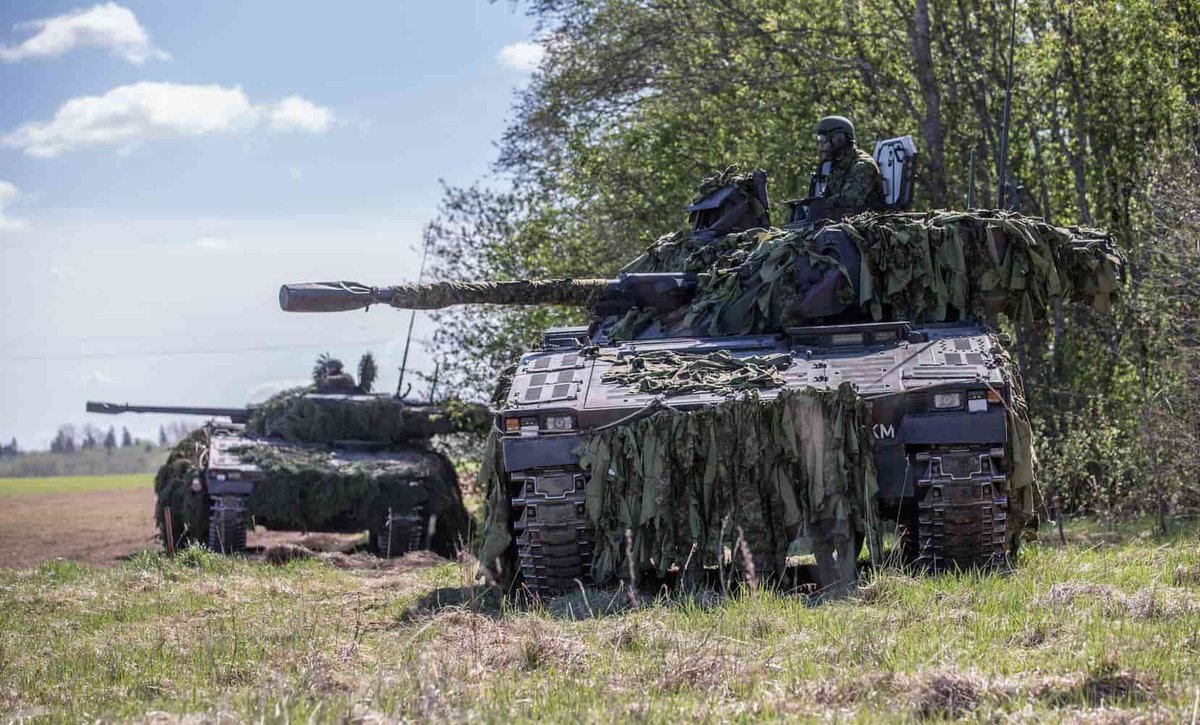
We are where we are & hindsight is very convenient, though many could, and did, predict this story through the yrs. WCSP is delivering what was asked of it, tech wise. This is all long term requirements writing and programme management problems, not the people delivering it today
Ultimately the Army needs to focus on prompt delivery of what it can achieve now & the only solution to that, credibly, is WCSP. So fingers crossed they get it and the hard work of LMUK and ATDU in particular over the past few years is put to use /end 
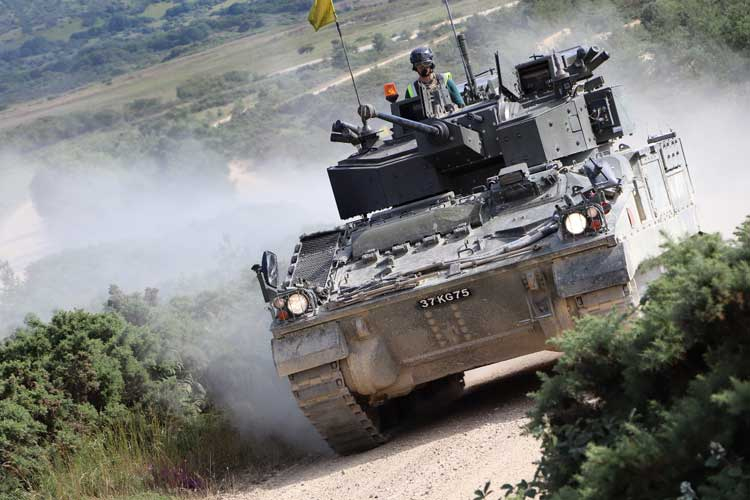
• • •
Missing some Tweet in this thread? You can try to
force a refresh

